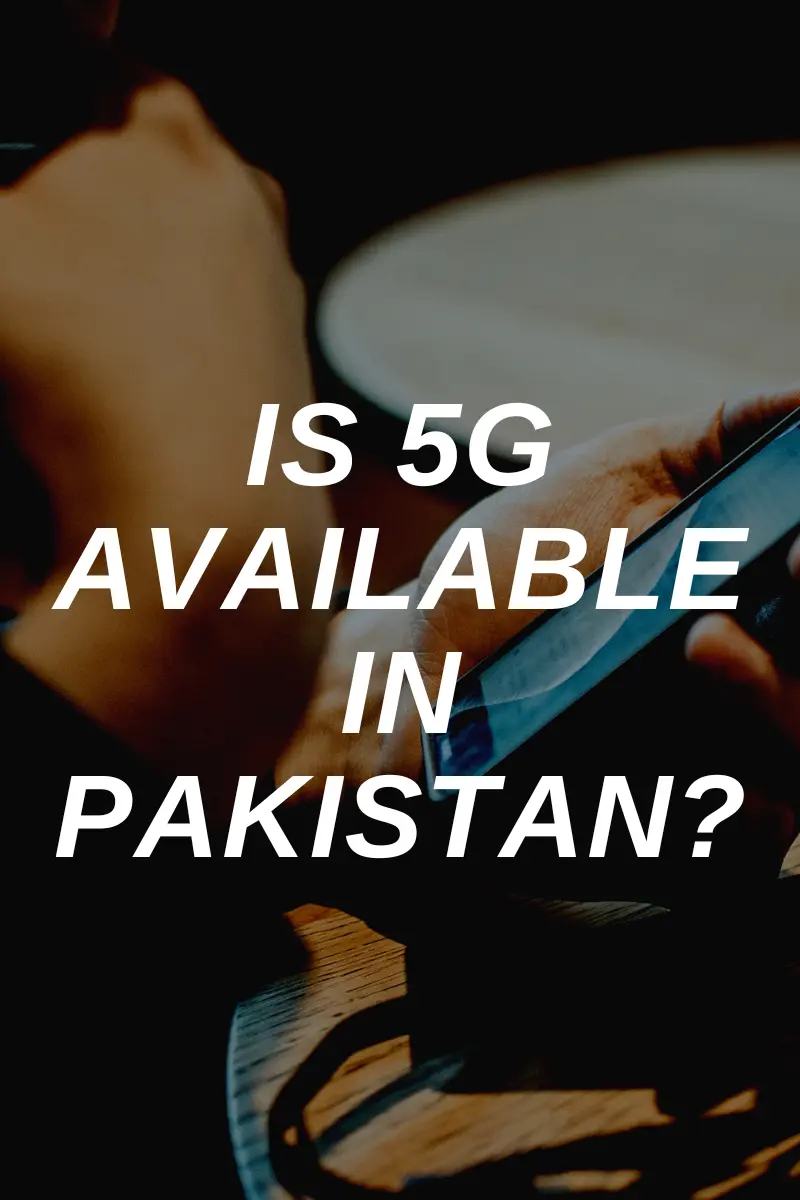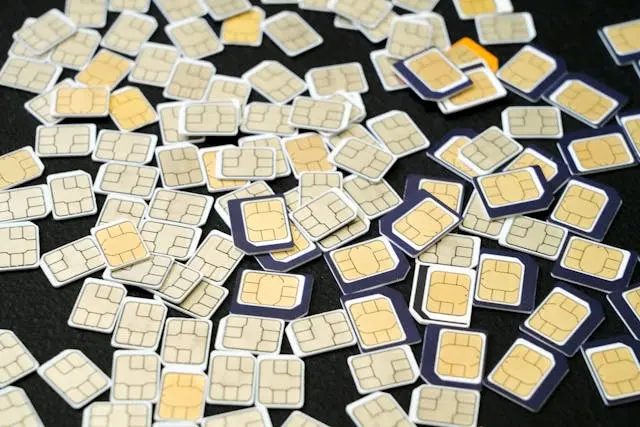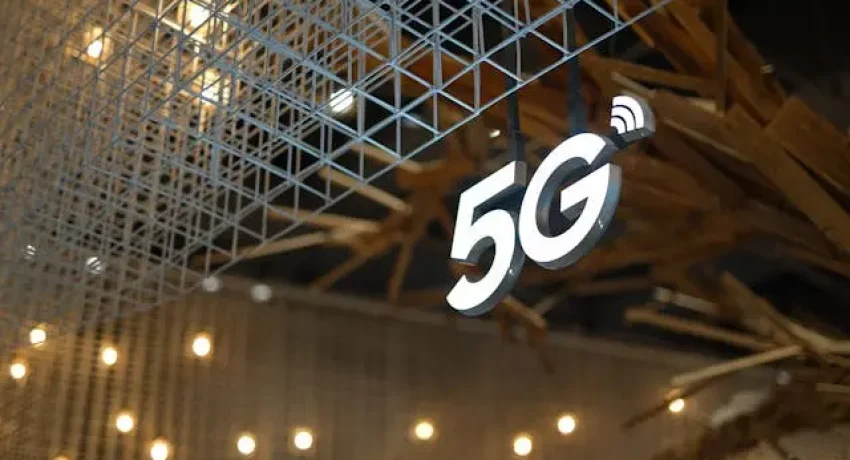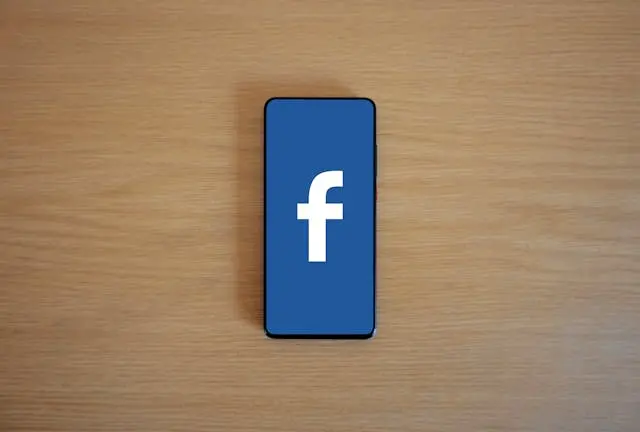5G BEYOND 6G “IS 5G AVAILABLE IN PAKISTAN?

5G AND BEYOND (6G): THE FUTURE OF WIRELESS COMMUNICATION “IS 5G AVAILABLE IN PAKISTAN?”
The world of wireless communication is rapidly evolving, with new technologies emerging to address the growing demands of connectivity, speed, and reliability. 5G (the fifth generation of mobile networks) is set to revolutionize industries and societies with its high-speed, low-latency, and massive connectivity features. However, as we begin to realize the potential of 5G, the concept of 6G is already starting to take shape, promising to push the boundaries of what is possible with wireless technology.
This article delves into the expansion of 5G and its impact on industries such as the Internet of Things (IoT), autonomous vehicles, and smart cities, while also exploring the research and development efforts for 6G, which will shape the future of wireless technology.
The Evolution of Mobile Networks: From 1G to 5G
To understand the significance of 5G and its successor 6G, it is helpful to look at the history of mobile network development. The progression from 1G to 5G has been driven by technological advances in speed, capacity, and user experience. Here’s a quick summary of the generational developments:
- 1G (1980s): The first generation of mobile networks, primarily focused on analog voice communication. The main innovation was the ability to make wireless calls, but data speeds were very limited, and services were primarily voice-based.
- 2G (1990s): Introduced digital voice communication and allowed for text messaging (SMS) and basic data services. The shift to digital made it easier to compress signals and thus support more users.
- 3G (2000s): Brought faster data speeds, enabling mobile internet access, video calling, and the early stages of mobile broadband. This was the beginning of smartphones and data-hungry applications.
- 4G (2010s): Marked the shift to fully digital mobile networks and provided ultra-fast internet speeds, allowing for high-definition video streaming, mobile gaming, and seamless social media use. LTE (Long-Term Evolution) became the standard for 4G networks.
- 5G (2020s): The fifth generation of mobile networks offers lightning-fast speeds, ultra-low latency, and the ability to connect an enormous number of devices simultaneously. This is particularly beneficial for emerging technologies like IoT, autonomous vehicles, and smart cities.
What is 5G?
5G is the fifth generation of mobile network technology that promises to provide faster internet speeds, lower latency, and greater connectivity than previous generations. This next-level wireless technology is designed to enable a new era of connectivity, unlocking the potential of technologies like IoT, augmented reality (AR), virtual reality (VR), and artificial intelligence (AI).
Key features of 5G include:
- Enhanced Speed and Bandwidth: 5G is expected to offer download speeds up to 100 times faster than 4G, with theoretical speeds reaching 20 Gbps. This speed increase will support data-heavy applications, such as ultra-high-definition video streaming and real-time virtual experiences.
- Low Latency: One of the most significant improvements in 5G is its ability to provide ultra-low latency (as low as 1 millisecond). This is critical for applications requiring real-time communication, such as autonomous vehicles and remote surgeries.
- Massive Device Connectivity: 5G networks are designed to handle a massive number of connected devices simultaneously. This makes 5G ideal for powering the Internet of Things (IoT), which consists of billions of connected devices that communicate with each other to automate processes and share data.
- Network Slicing: 5G allows for the creation of virtual networks through a technique called network slicing. This enables operators to allocate network resources based on the needs of specific applications, such as priority for emergency services or support for large-scale industrial IoT systems.
The Impact of 5G on Key Sectors
1. The Internet of Things (IoT)
The Internet of Things (IoT) refers to the network of interconnected devices that can communicate with each other and exchange data over the internet. These devices range from smart home appliances to industrial machines, healthcare equipment, and even everyday items like wearables and vehicles.
One of the main drivers of IoT adoption is the availability of fast, reliable, and scalable networks, and 5G is perfectly positioned to support this trend. With its ability to support massive numbers of devices and provide high-speed, low-latency connectivity, 5G will be the backbone of IoT growth.
Key impacts of 5G on IoT include:
- Scalability: 5G can handle up to 1 million devices per square kilometer, making it possible to connect billions of devices simultaneously. This capability will enable the creation of vast IoT ecosystems, ranging from smart cities to industrial IoT networks.
- Real-Time Data Transfer: The low latency of 5G allows IoT devices to communicate in real time, enabling instantaneous responses. This is especially important in critical areas such as healthcare (e.g., remote monitoring of patients) and industrial automation (e.g., factory robots working collaboratively in real time).
- Enhanced Security: As IoT devices become more widespread, security concerns also increase. 5G’s robust architecture is designed to support improved security features, ensuring that data transmitted between IoT devices remains encrypted and secure from cyber threats.
2. Autonomous Vehicles
The development of autonomous vehicles (self-driving cars) is one of the most ambitious and exciting applications of 5G. Autonomous vehicles rely on a vast array of sensors, cameras, and communication systems to navigate the roads safely, and these systems require high-speed, low-latency connectivity to work effectively.
5G will play a critical role in enabling Vehicle-to-Everything (V2X) communication, where vehicles communicate not only with each other but also with infrastructure, traffic signals, pedestrians, and other objects in the environment. This communication is essential for ensuring the safety and efficiency of autonomous vehicles.
Key benefits of 5G for autonomous vehicles include:
- Low Latency: The ultra-low latency of 5G (as low as 1 millisecond) is essential for real-time communication between autonomous vehicles. This enables them to make decisions quickly, such as avoiding collisions or responding to sudden changes in road conditions.
- High-Speed Data Transfer: Autonomous vehicles require constant updates from maps, weather data, and other vehicles. The high data transfer speeds offered by 5G will allow for fast and reliable updates, improving navigation accuracy and decision-making.
- Safety: 5G’s ability to support simultaneous connections from multiple vehicles and infrastructure will improve safety on the roads. For example, traffic lights, pedestrian crossings, and emergency vehicles will be able to communicate directly with autonomous vehicles, reducing the risk of accidents.
3. Smart Cities
Smart cities are urban areas that use technology and data to improve the quality of life for residents, optimize city operations, and create sustainable environments. The success of smart cities relies heavily on the availability of fast, reliable, and scalable wireless networks, and 5G provides the infrastructure necessary to connect various devices, sensors, and systems within the urban environment.
Key impacts of 5G on smart cities include:
- Urban Mobility: 5G will improve transportation systems within smart cities by enabling real-time traffic monitoring, intelligent public transport systems, and advanced parking management. This will reduce congestion, enhance the efficiency of public transport, and improve the overall commuting experience.
- Energy Efficiency: 5G will enable better monitoring and management of energy use in buildings, street lighting, and public infrastructure. Smart meters and sensors can communicate data in real time, allowing for more efficient energy consumption and the ability to integrate renewable energy sources into the grid.
- Public Safety: In a smart city, 5G will support enhanced public safety through the use of intelligent surveillance systems, emergency response systems, and smart sensors that can detect hazards such as fires, gas leaks, or flooding. This will allow city officials to respond more effectively to emergencies and prevent disasters.
- Waste Management: IoT-enabled waste management systems powered by 5G can monitor garbage levels in bins across the city and optimize trash collection routes. This will reduce costs and minimize the environmental impact of waste disposal.
6G: The Next Frontier in Wireless Communication
While 5G is already being deployed around the world, researchers are already beginning to explore the possibilities of 6G. 6G is the next generation of wireless technology that promises to take connectivity, speed, and efficiency to even greater heights. Although 6G is still in the early stages of research, its potential to transform industries and societies is immense.
Key features expected in 6G include:
- Ultra-High Speeds: 6G is expected to provide data transfer rates of up to 1 terabit per second (Tbps), which is about 100 times faster than 5G. This speed will enable the seamless transfer of vast amounts of data in real time, facilitating the development of new applications such as holographic communications, advanced AI, and immersive virtual environments.
- Sub-Millimeter Wave Frequencies: 6G will utilize higher-frequency bands, including sub-terahertz and terahertz waves. These frequencies will enable faster data transmission and support the growth of technologies like ultra-high-definition 3D video and real-time AI-powered services.
- Artificial Intelligence (AI) Integration: AI and machine learning will play a key role in 6G networks. AI will be used to optimize network performance, manage congestion, predict user behavior, and improve security. With AI, 6G networks will be self-organizing, self-healing, and self-optimizing, providing a seamless user experience.
- Holographic Communication: 6G will make holographic communication a reality, enabling people to communicate in 3D as if they were physically present. This will transform industries such as healthcare (remote surgeries), entertainment (virtual concerts and events), and education (virtual classrooms).
- Ubiquitous Connectivity: 6G aims to provide seamless connectivity everywhere, including remote and underserved areas. It will integrate terrestrial, satellite, and aerial networks, ensuring that users have access to fast, reliable internet no matter their location.
“IS 5G AVAILABLE IN PAKISTAN?”
“Is 5G available in Pakistan?” is a common question as the country prepares for the next generation of mobile connectivity. While 5G trials have been successfully conducted in select cities such as Islamabad, Karachi, and Lahore, the technology is not yet widely available for commercial use across the nation. The Pakistan Telecommunication Authority (PTA) has been working with local telecom operators to test 5G’s capabilities and ensure the necessary infrastructure is in place. However, a full-scale rollout of 5G services is still in the planning stages, with the government focusing on spectrum allocation and regulatory matters.
The question of “Is 5G available in Pakistan?” highlights the country’s ongoing efforts to embrace the potential benefits of faster internet speeds and improved connectivity. Once fully implemented, 5G technology promises to revolutionize various sectors, including healthcare, education, and business, by enabling faster data transfers and more reliable communication networks. Although widespread 5G adoption is still some time away, the progress made so far indicates that Pakistan is on the right track toward bringing this cutting-edge technology to its citizens in the near future.
Conclusion
As 5G continues to expand and reshape the way we connect and communicate, the stage is being set for the next generation of wireless technology, 6G. The integration of 5G into industries such as the Internet of Things, autonomous vehicles, and smart cities is already beginning to have profound impacts on how we live, work, and interact with technology.
While 5G has just begun to fulfill its potential, 6G promises to push the boundaries of wireless communication even further, providing speeds, capabilities, and use cases that were previously unimaginable. The future of wireless technology is exciting, and as research into 6G progresses, we can expect a future where connectivity is faster, more reliable, and more deeply integrated into every aspect of our lives.










